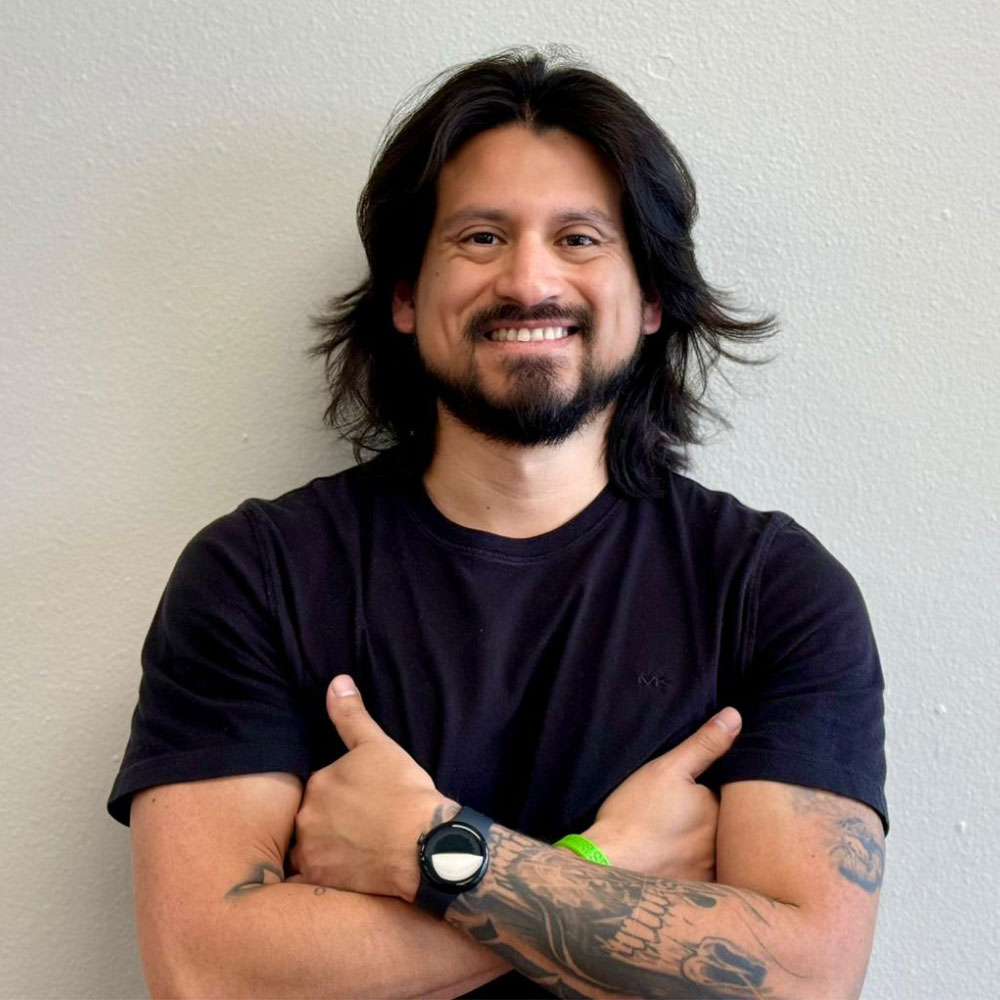
Physical therapy is more than just recovery—it’s a pathway to strength, mobility, and long-term wellness. From pain relief to improved performance, discover how personalized therapy helps you regain control of your health and achieve lasting results.
![]()
OrthoRehab
August 30, 2025

Physical therapy isn’t just about bouncing back after an injury—it’s about unlocking your body’s full potential. Whether you’re recovering, managing long-term conditions, or striving for peak performance, physical therapy provides a roadmap toward strength, mobility, and independence.
At its core, physical therapy (also known as physiotherapy) is a science-driven healthcare practice focused on improving how the body moves. Through targeted exercises, manual techniques, and patient education, physical therapy helps individuals overcome pain, recover from setbacks, and build resilience.
From athletes with sports injuries to seniors seeking better balance—or even someone recovering from surgery—physical therapy meets patients where they are and helps them move forward with confidence.
The main objective of physical therapy goes beyond symptom management. Its purpose is to:
Before committing to a clinic, patients are often encouraged to ask their therapist key questions—such as the types of techniques offered (e.g., myofascial release, dry needling) and whether their treatment plans are tailored to individual needs.
Choosing physical therapy is a proactive step toward long-term health. Instead of relying solely on medication or surgery, patients benefit from a personalized, non-invasive approach designed to meet specific challenges.
Common reasons people seek PT include:
Physical therapy is more than a treatment plan—it’s an investment in quality of life. Here are ten ways it makes a difference:
1. Relieves pain without relying on medication
2. Restores mobility and flexibility
3. Speeds up post-injury and post-surgery recovery
4. Reduces fall risks by improving balance
5. Manages age-related health conditions
6. Enhances sports performance
7. Prevents complications from chronic diseases
8. Improves posture and body alignment
9. Provides individualized care for unique needs
10. Educates patients for sustainable, long-term health
OrthoRehab Physical Therapy covers a wide spectrum of health needs. With tailored evaluations and treatments, therapists address:
Physical therapists serve as partners in recovery, guiding individuals through customized care plans. Their goals include:
OrthoRehab Physical Therapy believes no two patients are alike, which is why physical therapy relies on a variety of proven methods, including:
The timeline for physical therapy is highly individual. Some notice improvements in a handful of sessions, while others may require months of guided treatment. Factors such as injury severity, healing capacity, and commitment to home exercises all shape the journey.
What’s consistent, however, is that physical therapists set realistic goals and track progress closely, ensuring patients stay motivated and informed throughout the process.
At our clinic, your movement, strength, and comfort come first. We’re dedicated to helping you recover with personalized care in a warm, welcoming space designed to support every step of your journey.